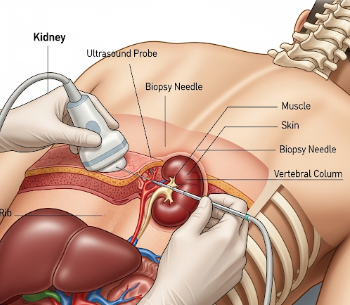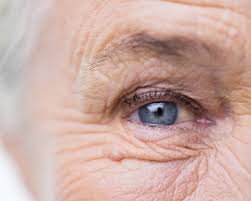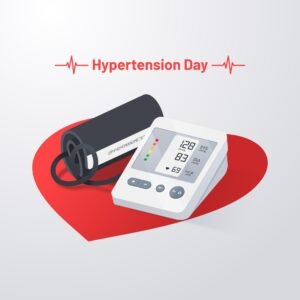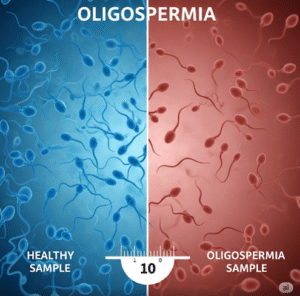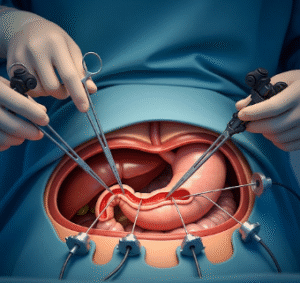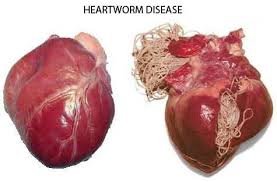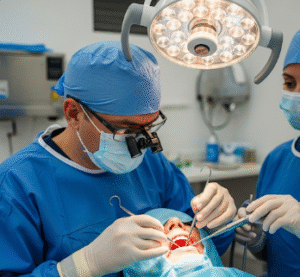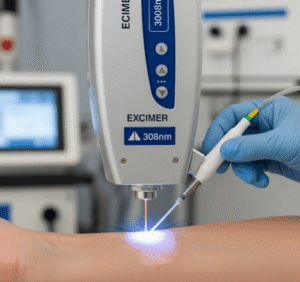Overview
A kidney biopsy is a medical procedure in which a small sample of kidney tissue is collected for examination. It helps diagnose kidney diseases, assess the severity of kidney damage, and guide treatment decisions.
South Korea is known for advanced nephrology, interventional radiology, and precise diagnostic care, making it a top destination for patients seeking safe, minimally invasive, and accurate kidney evaluation.
What is a Kidney Biopsy?
A kidney biopsy involves removing a tiny piece of kidney tissue using a needle, typically guided by ultrasound or CT imaging. The sample is then analyzed under a microscope to detect:
- Glomerular diseases (e.g., glomerulonephritis)
- Interstitial kidney disease
- Kidney transplant rejection
- Unexplained proteinuria, hematuria, or kidney function decline
Purpose:
- Confirm a diagnosis
- Determine disease severity and prognosis
- Guide treatment decisions, including medications or surgical interventions
What are the Benefits?
- Accurate diagnosis → Helps identify the exact type of kidney disease
- Guides treatment → Enables personalized therapy to prevent progression
- Minimally invasive → Avoids the need for open surgery
- Early detection of transplant rejection → Improves long-term transplant success
- Expert care in Korea → High success rate with experienced nephrologists and radiologists
Procedure Details
1) How should I prepare for a kidney biopsy?
- Pre-procedure evaluation → Blood tests (coagulation profile, kidney function), urine tests, imaging
- Medication review → Adjust or stop blood thinners and anti-platelet drugs
- Fasting → Usually 6–8 hours before procedure
- Pre-procedure consultation → Discuss risks, benefits, anesthesia options, and post-biopsy care
- Lifestyle preparation → Arrange transportation home after the procedure
2) What happens during the procedure?
- Anesthesia → Local anesthesia with optional mild sedation
- Patient positioning → Lying on the stomach or side
- Imaging guidance → Ultrasound or CT used to locate the kidney accurately
- Needle insertion → A small biopsy needle collects a tissue sample from the kidney
- Sample handling → Tissue sent to pathology for detailed examination
- Duration → 30–60 minutes, including preparation and monitoring
- Monitoring → Vital signs and immediate post-procedure observation
3) What happens after a kidney biopsy?
- Immediate post-procedure care → Rest for several hours; monitoring for bleeding
- Pain management → Mild pain at biopsy site; analgesics prescribed if needed
- Activity restrictions → Avoid heavy lifting, strenuous activity, and sports for 1–2 weeks
- Hydration → Drink plenty of fluids to help kidney recovery
- Follow-up → Review of pathology results and further treatment planning
Risks / Benefits
Risks
- ➤ Bleeding at the biopsy site or in urine
- ➤ Pain or discomfort at the puncture site
- ➤ Infection (rare)
- ➤ Damage to surrounding organs (very rare)
- ➤ Rare allergic reaction to local anesthetic
Benefits
- ➤ Provides definitive diagnosis for kidney disease
- ➤ Guides targeted treatment and improves patient outcomes
- ➤ Minimally invasive and quick
- ➤ High diagnostic accuracy under expert Korean nephrology teams
- ➤ Early detection of transplant complications improves long-term outcomes
Recovery and Outlook
- Immediate recovery → Rest for several hours, vital signs monitoring, observation for bleeding
- Short-term follow-up → Blood tests and urine analysis to check kidney function and bleeding
- Return to normal activity → Light activities after 24–48 hours; heavy lifting avoided for 1–2 weeks
- Long-term outlook → Early diagnosis allows better treatment and disease management
- Post-procedure care → Monitor urine for blood, take prescribed medications, attend follow-up appointments
- Expected results → Accurate identification of kidney disease type and severity; informed treatment plan for improved prognosis
South Korea provides expert biopsy services with precise imaging guidance, safe procedural protocols, and comprehensive post-procedure monitoring, ensuring high diagnostic success and patient safety.
When To Call the Doctor
Contact your nephrologist immediately if you notice:
- ⚠️ Excessive bleeding in urine or from biopsy site
- ⚠️ Severe pain not relieved by medications
- ⚠️ Fever, chills, or signs of infection
- ⚠️ Dizziness, fainting, or unusual weakness
- ⚠️ Swelling or bruising at the biopsy site
Best Korea Option / Process
South Korea is a leading destination for kidney biopsy due to:
- Expert nephrologists and interventional radiologists
- Advanced imaging guidance for safe and accurate biopsy
- Comprehensive pre- and post-procedure care
- Multidisciplinary approach → Integration with pathology, nephrology, and transplant teams
- International patient services → Consultation, scheduling, translation, and follow-up
Top Hospitals for Kidney Biopsy in Korea:
- Asan Medical Center, Seoul – Expert nephrology and interventional radiology
- Samsung Medical Center – Advanced kidney diagnostics and biopsy services
- Seoul National University Hospital (SNUH) – Comprehensive nephrology and post-biopsy care
- Yonsei Severance Hospital – Safe, precise biopsy with multidisciplinary monitoring
👉 For patients needing accurate diagnosis and early treatment of kidney disease, kidney biopsy in Korea offers expert, minimally invasive care with high diagnostic accuracy and safety.

